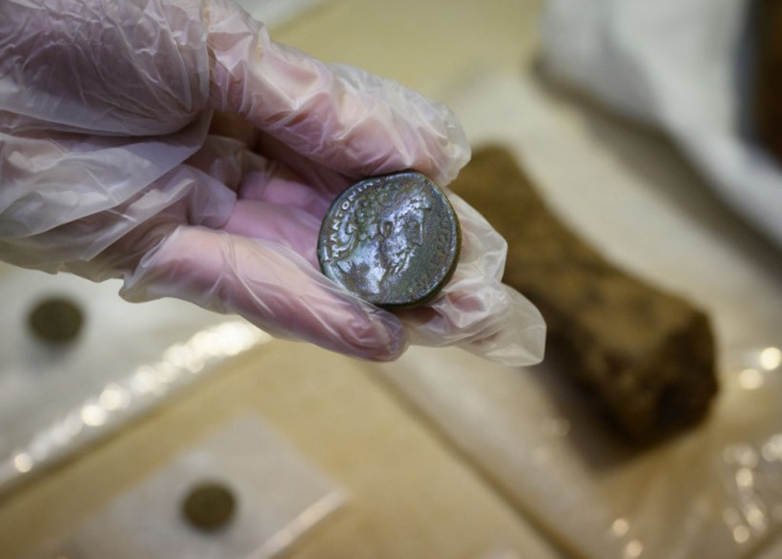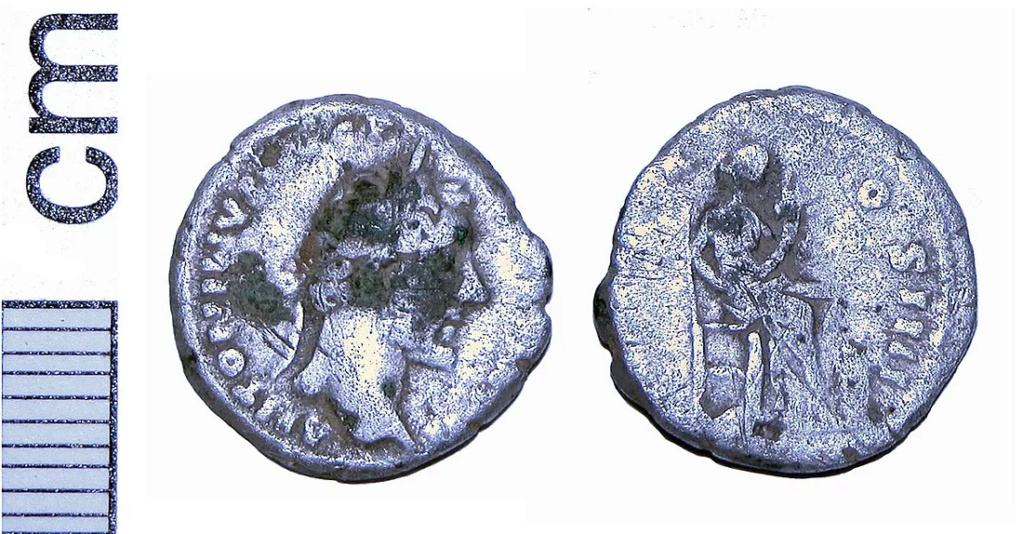Two silver coins dating back to the Roman Empire were found on a remote island

Perhaps what is most interesting about the lifestyle of previous civilizations is how they performed commercial transactions, and what tools they used to carry out their tasks.
Scientists have been able to find out the history of coins and how they were minted.
Two silver coins minted during the Roman Empire were found on a remote, uninhabited island in the Baltic Sea, halfway between Sweden and Estonia.
It made archaeologists puzzled to know how this coin arrived in that region.
There is no evidence to reveal how the coins got there, but they may have been left by Scandinavian traders, lost in a shipwreck or brought there on a Roman ship that traveled far north.
Johan Runby, an archaeologist at Södertörn University in Stockholm, was a member of the team that found the coins with metal detectors in March.
“We were very happy,” Ronby said. “We have this site, but we don't know what it is, but now that we have the coins there, it makes it more interesting to continue excavating it.”
The silver coins found on the island are both of the Roman “denarii” type – one from the reign of Emperor Trajan, between 98 and 117 AD, and the other from the reign of Emperor Antoninus Pius, between 138 and 161 AD.
They each weighed less than an eighth of an ounce (4 grams) and would have represented one day's wages for a laborer when they were minted.
Denarius was the standard currency of ancient Rome, and its name is still found today in the word "money" in many Latin-based languages, such as "denaro" in Italian and "denero" in Spanish.

Runeby said that the coins of the Roman Empire could have remained in circulation for a long time, because the silver they contained always remained valuable; They were probably brought to Gotska Sandon by Norse traders who took refuge there from storms at sea.
But it's also possible that survivors of a shipwreck carried them there: The waters around the island are known to be dangerous, and the area is full of debris, he said.
Another possibility is that the Romans took the coins to Gotska Sandon on a Roman ship, although there are no records of such a voyage to the Baltic Sea.
Ronby added: “It's not likely to be a Roman ship, but you also have to bear in mind that the Romans were sailing to Scotland and so on, and that there were Roman writers at the time writing about the Baltic region.”
Roman coins have also been found on the larger island of Gotland about 25 miles (40 km) to the south, but this was perhaps expected as it was the site of several towns.
However, there are no towns or villages in Gotska Sandon.
Gotska Sandon – which means “sand island” – is uninhabited today but was home to lighthouse keepers in the 19th century.
Before that, it was known as a place of shipwrecks and a haunt for pirates, Ronby said.
Archaeologist Daniel Langhamer, who oversees cultural heritage on Gotska Sandon for the province of Jutland, said the new finds echoed claims by a 19th-century lighthouse keeper that he had found a Roman coin on the island.
But he said the mystery of how the coins got there may never be solved: “We just don't know how they got there.”

Scientists may solve the strange mystery of how it got there sooner or later.
Source: websites

